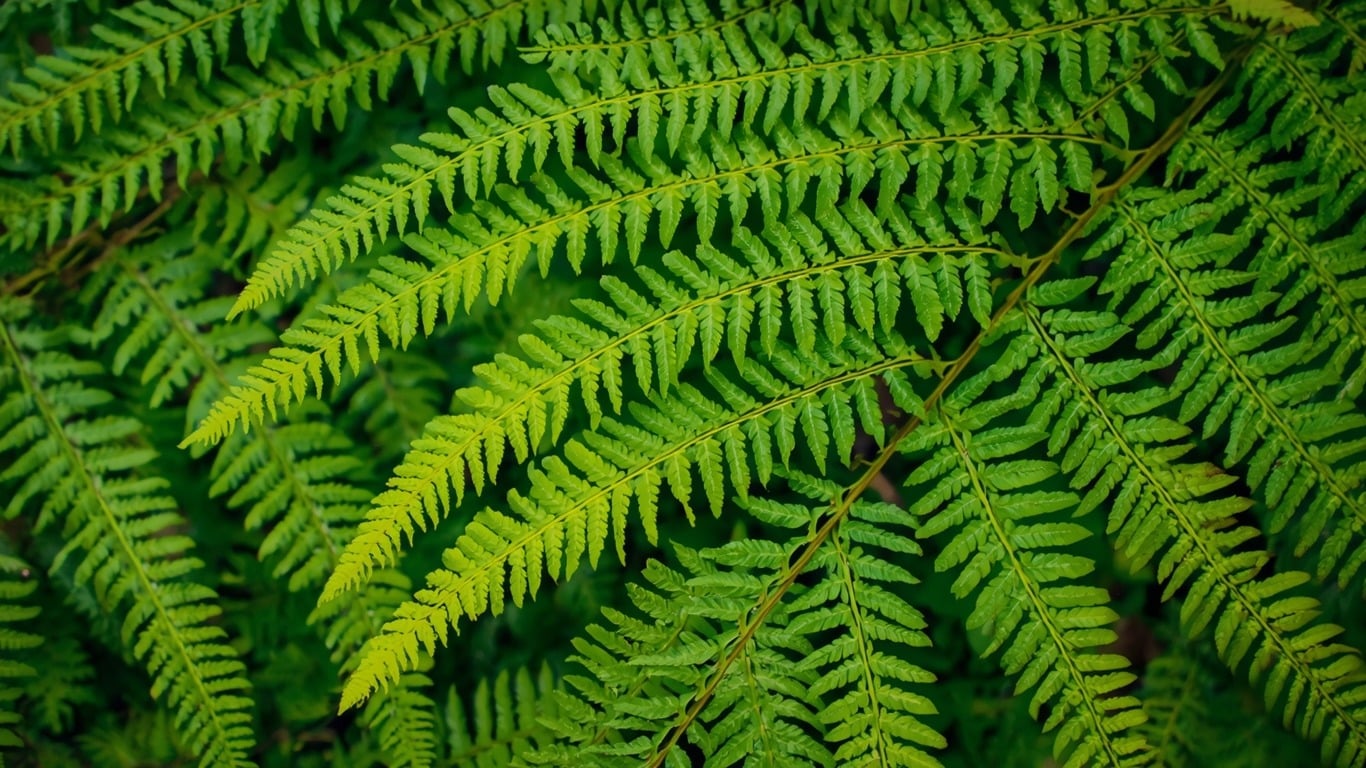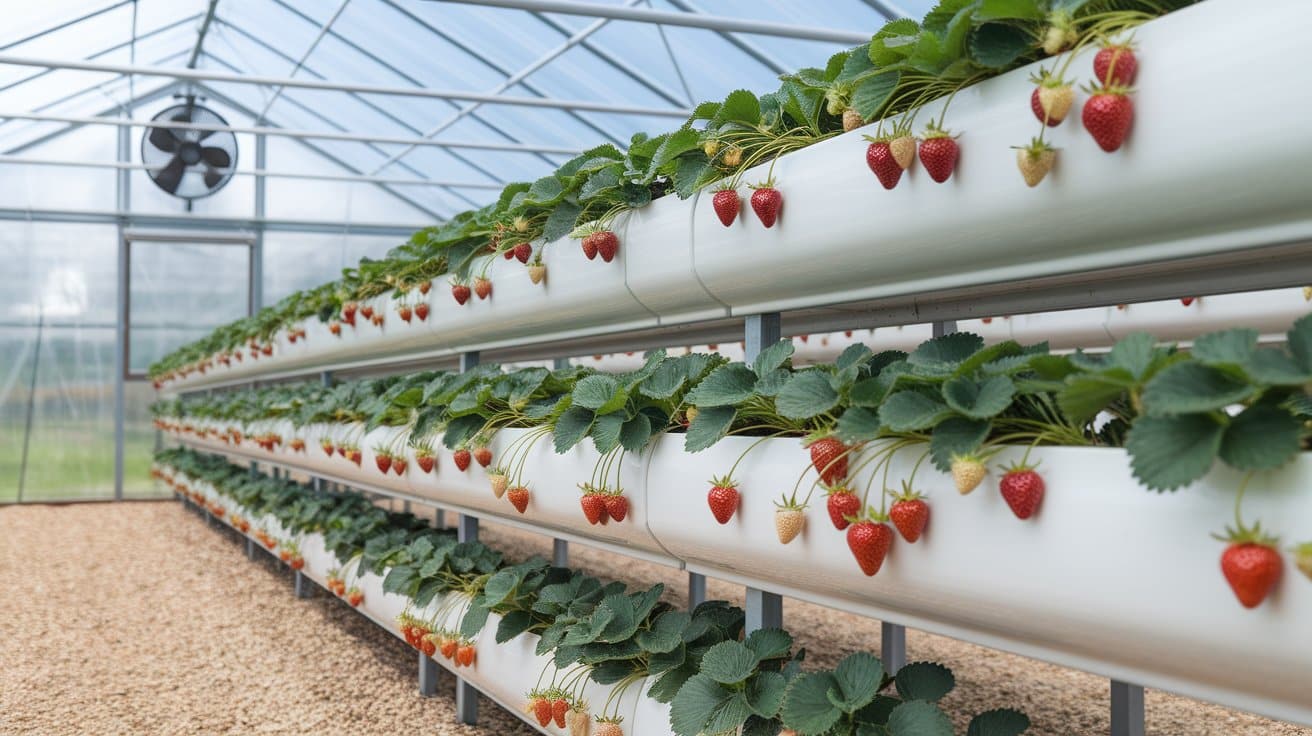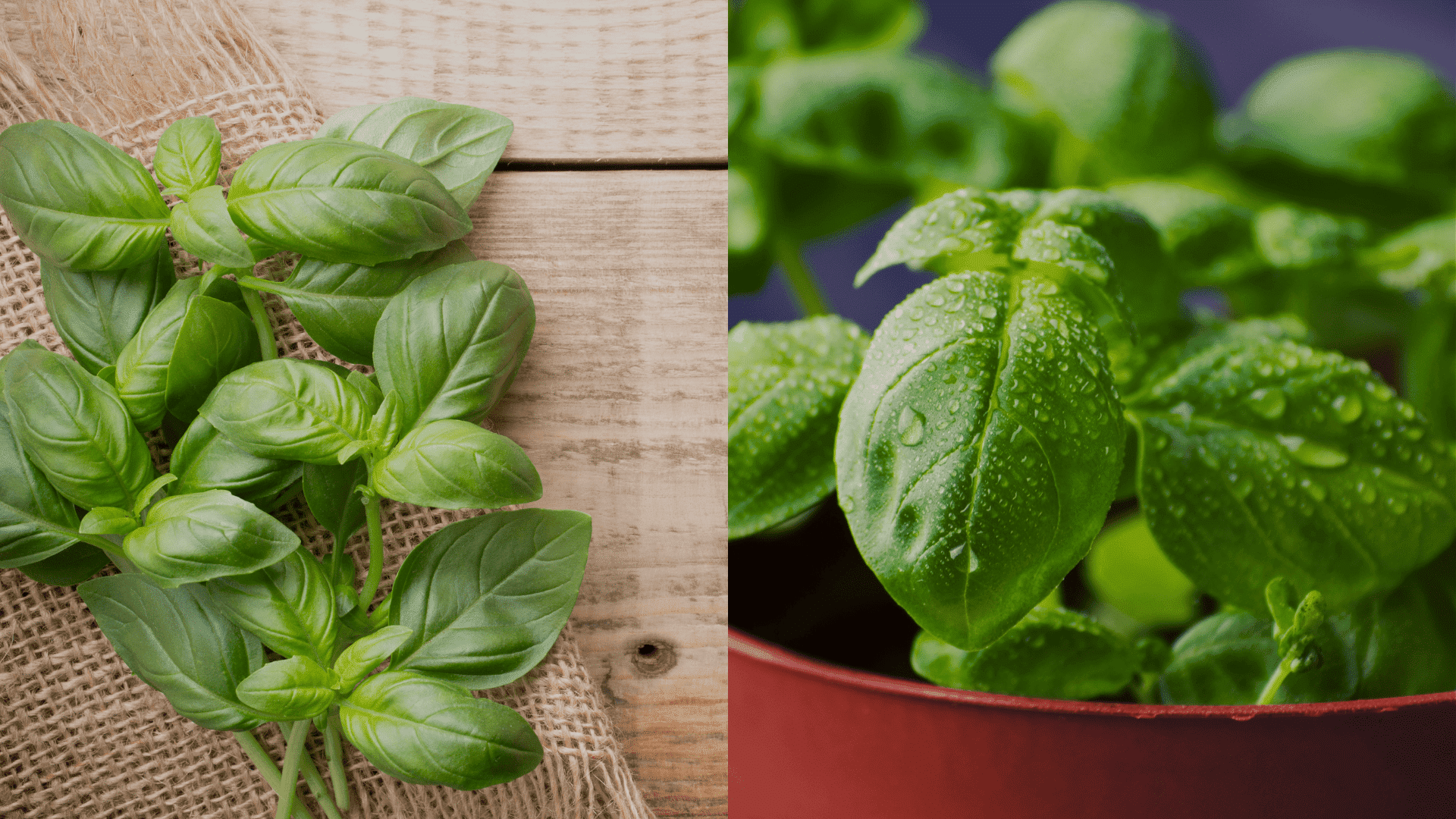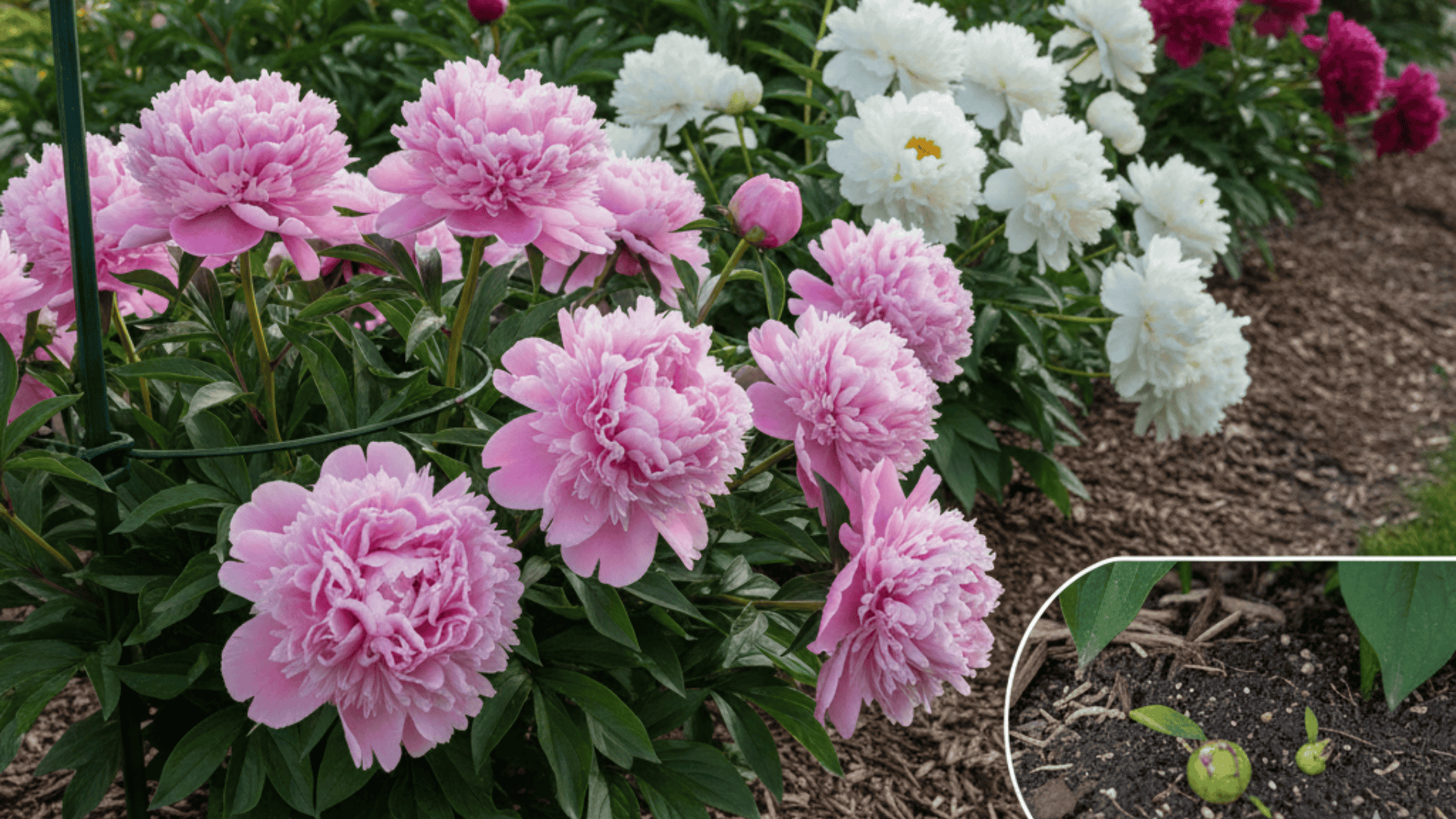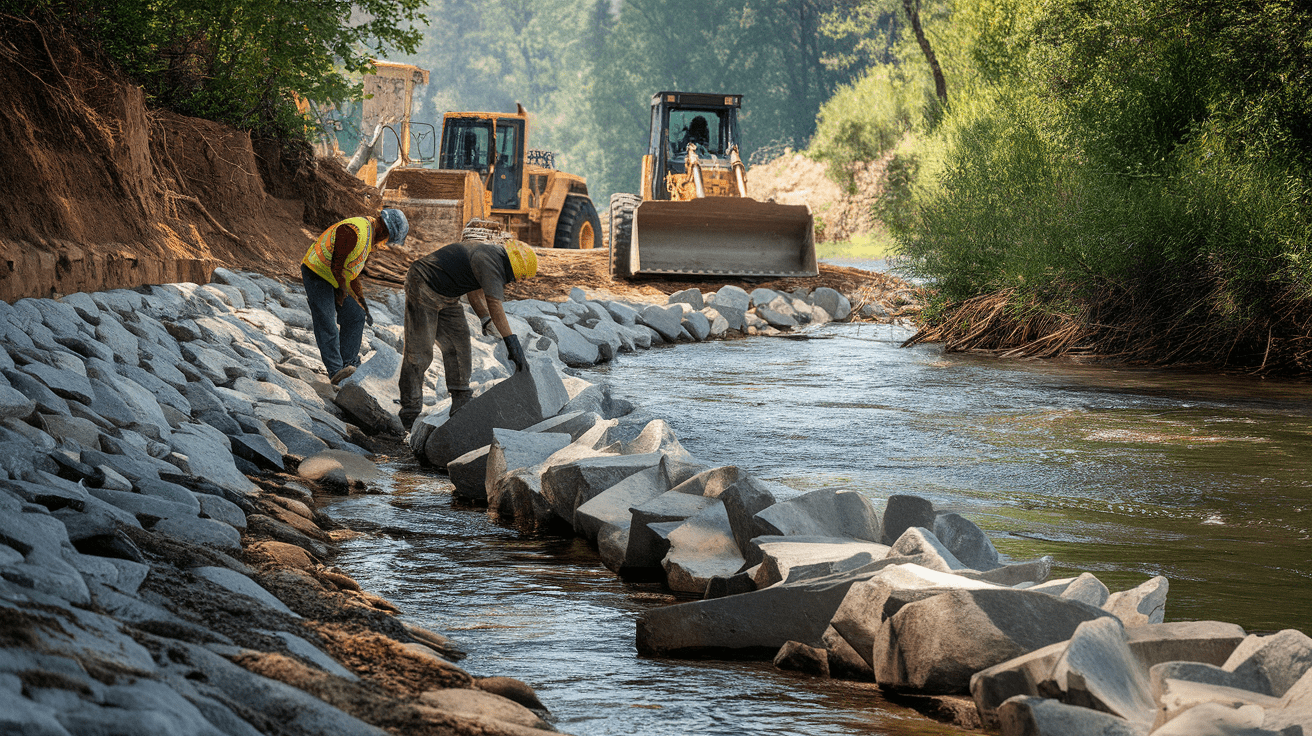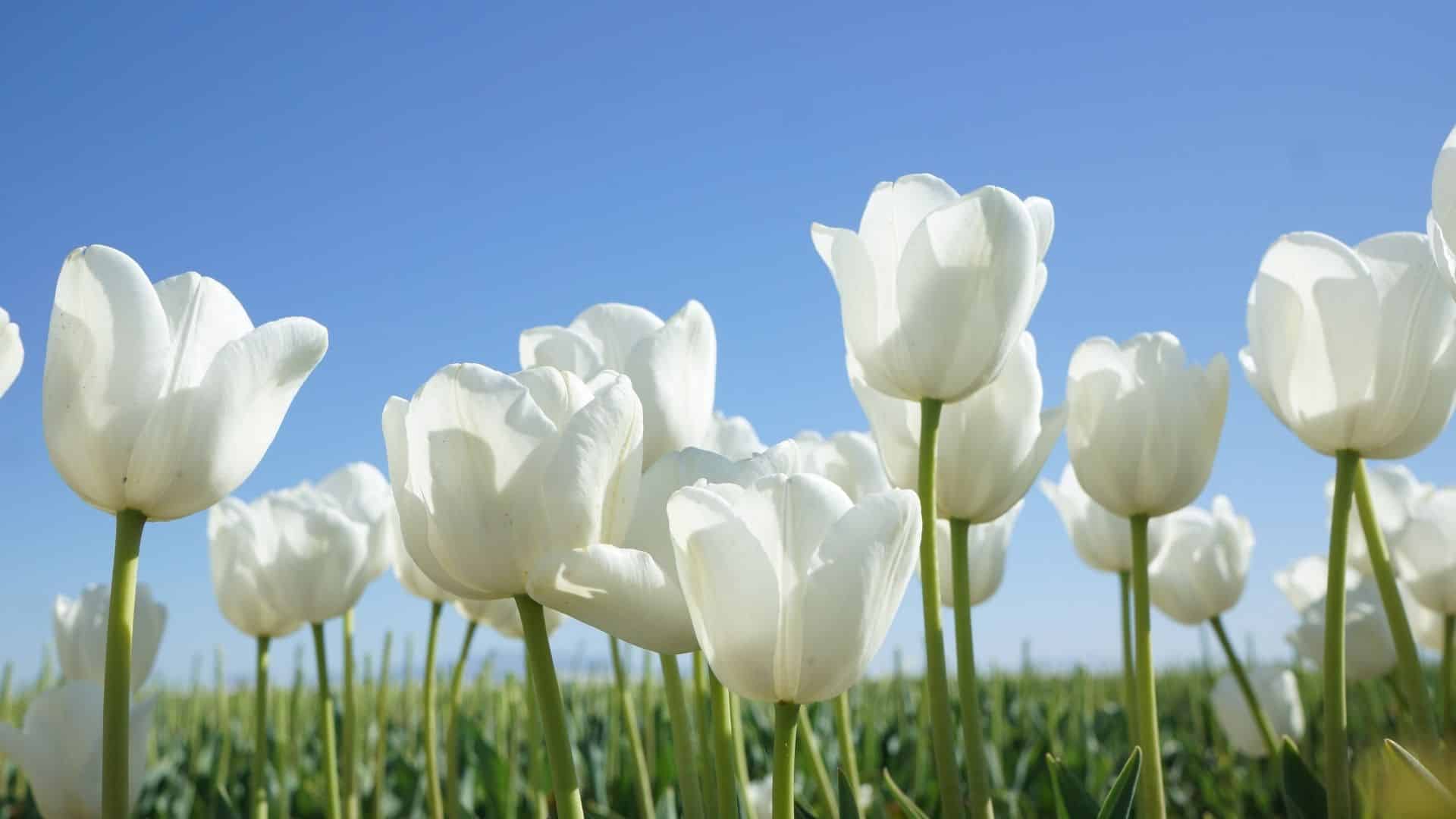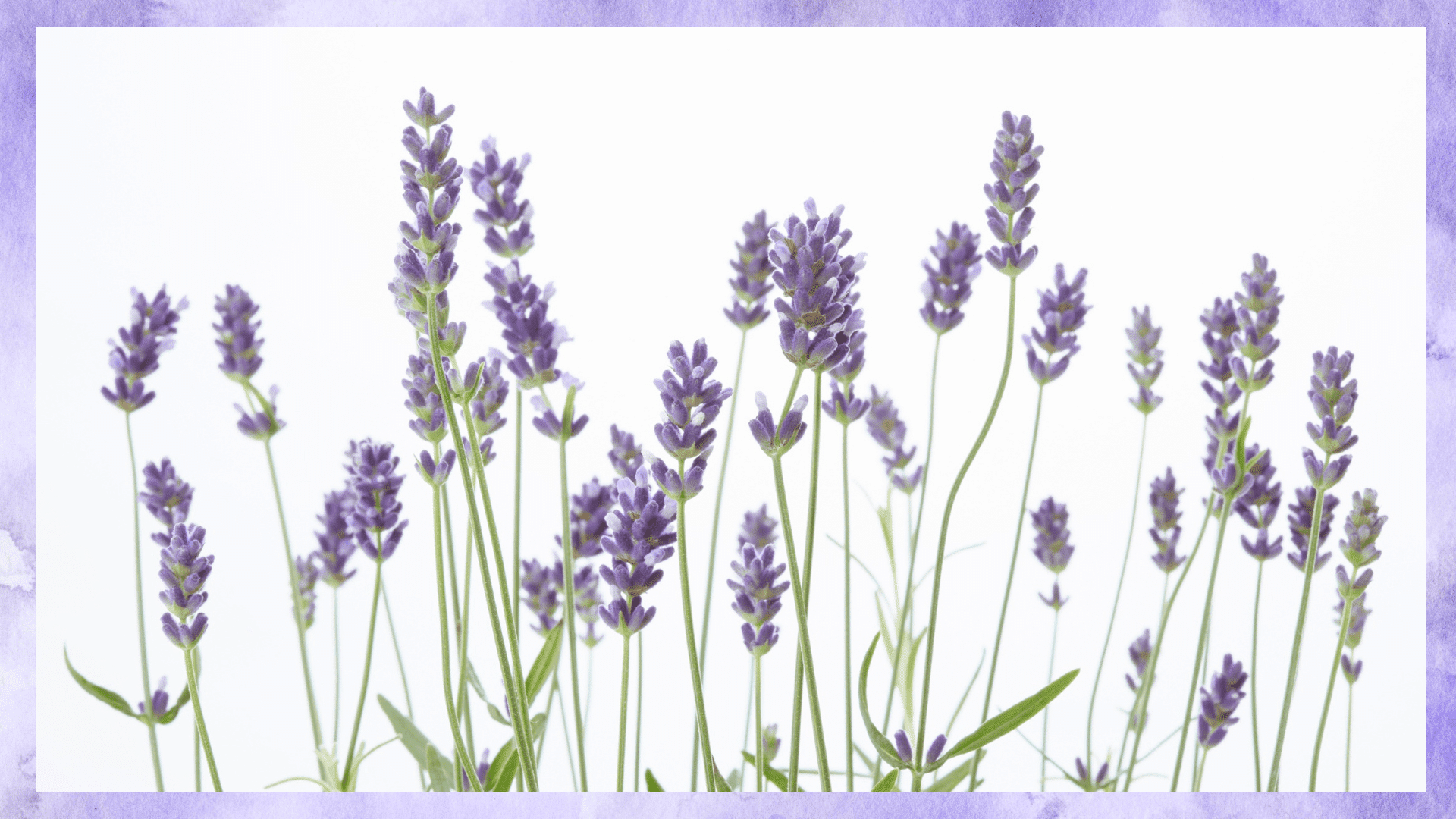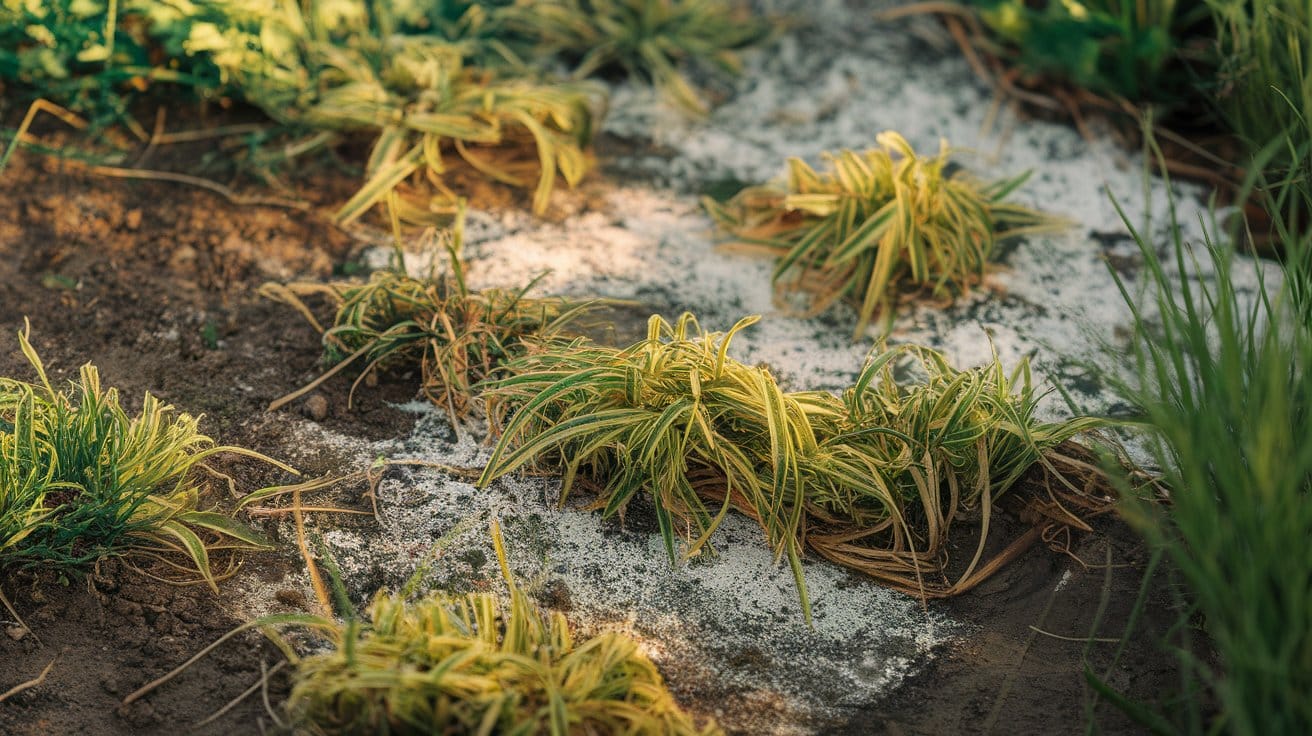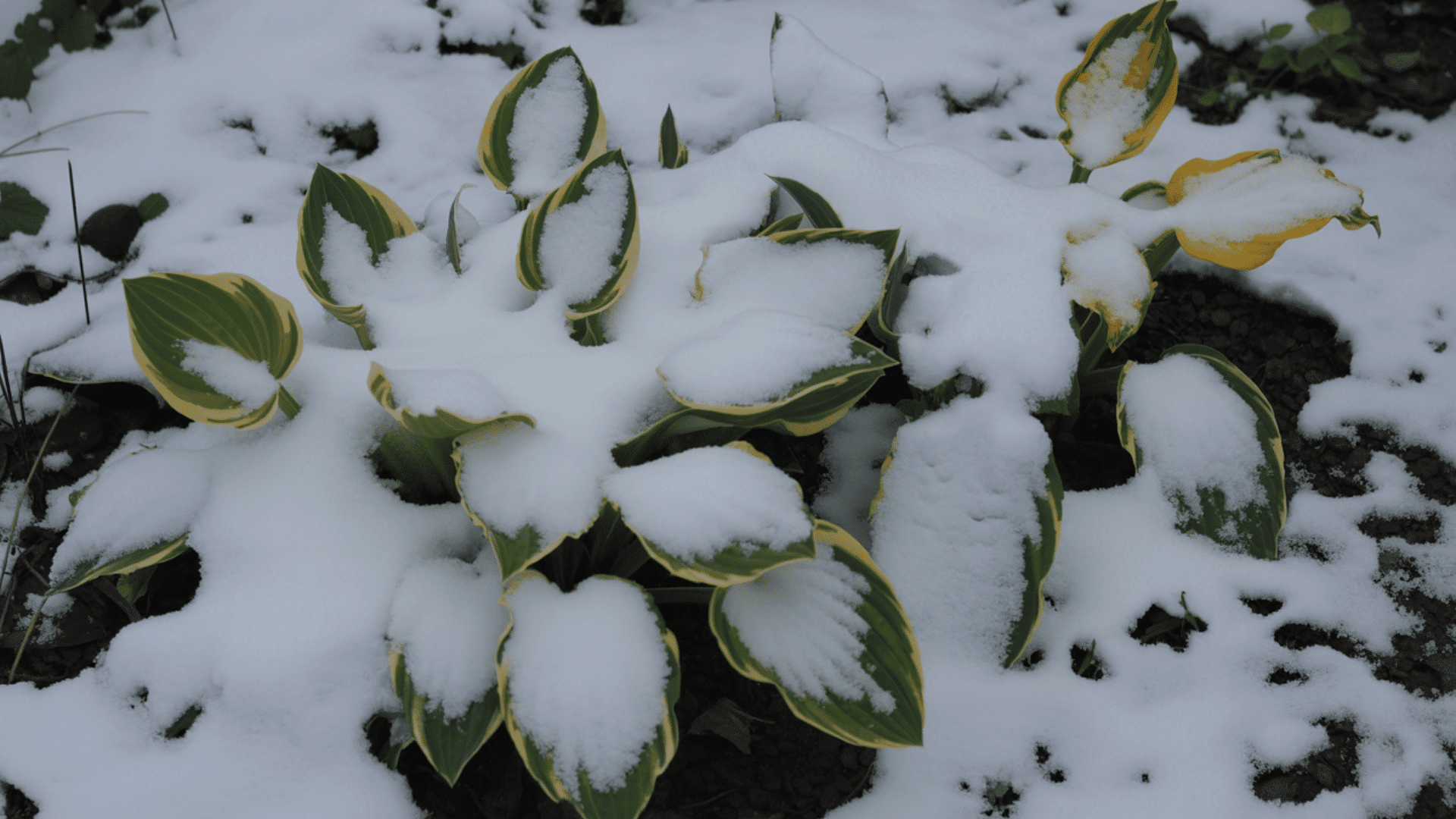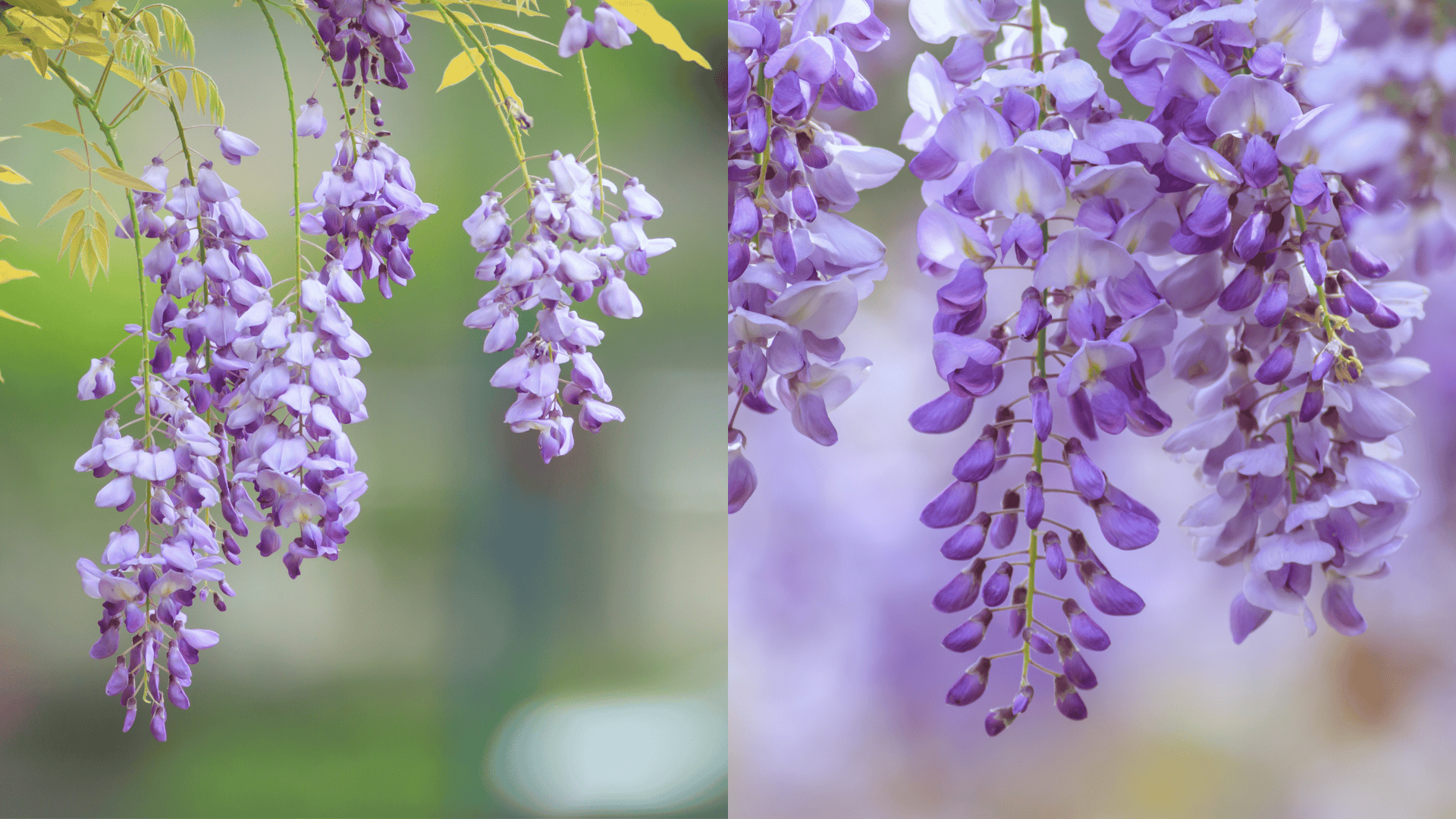Evergreen plants form the backbone of home gardens, providing year-round structure when other plants fade away.
Evergreen ferns stand out as nature’s most reliable shade performers, keeping their rich green color through all seasons.
Unlike their seasonal cousins, these hardy plants never take a break from looking good.
This resource covers everything you need to know about these plants, along with creative ways to use them in your garden design.
What Makes Evergreen Ferns Stand Out?
While deciduous ferns die back each winter, evergreen types stay green through cold months and harsh weather.
They adapt well across different garden zones, from humid southeastern regions to the dry southwest.
Most varieties thrive in zones 3 through 9.
This wide range suits nearly every home gardener.
Key Characteristics of Evergreen Ferns
These hardy plants share common traits that make them excellent choices for your garden.
1. Winter-Hardy Foliage: These tough plants keep their leaves when temperatures drop and other plants go dormant.
2. Texture Variety: Some have glossy, leathery fronds, while others feature soft, lacy patterns.
3. Seasonal Color Changes: Most display deep green fronds, but many produce coppery new growth in spring.
4. Easy-Care Nature: These plants flourish in conditions that challenge other species.
Evergreen Fern Zones
Growing zones influence how evergreen ferns handle temperature, moisture, and soil conditions. Zones 6 to 9 provide ideal environments for strong growth and year-round foliage.
| Zone | Climate Traits | Best Growing Conditions | Recommended Ferns |
|---|---|---|---|
| 6 | Cool winters and mild summers | Moist, shaded spots with well-drained soil | Christmas Fern, Hart’s Tongue Fern |
| 7 | Moderate winters and long growing season | Partial shade with moderate humidity | Autumn Fern, Christmas Fern |
| 8 | Warm, humid climate | Humus-rich soil with filtered sunlight | Japanese Holly Fern, Sword Fern |
| 9 | Hot summers and mild winters | Shaded beds or large containers with steady moisture | Sword Fern, Japanese Holly Fern |
Best Evergreen Ferns for Your Garden
From cold-hardy Christmas Ferns to heat-loving Japanese Holly Ferns, these five varieties offer reliable performance across different climates and garden conditions.
1. Christmas Fern
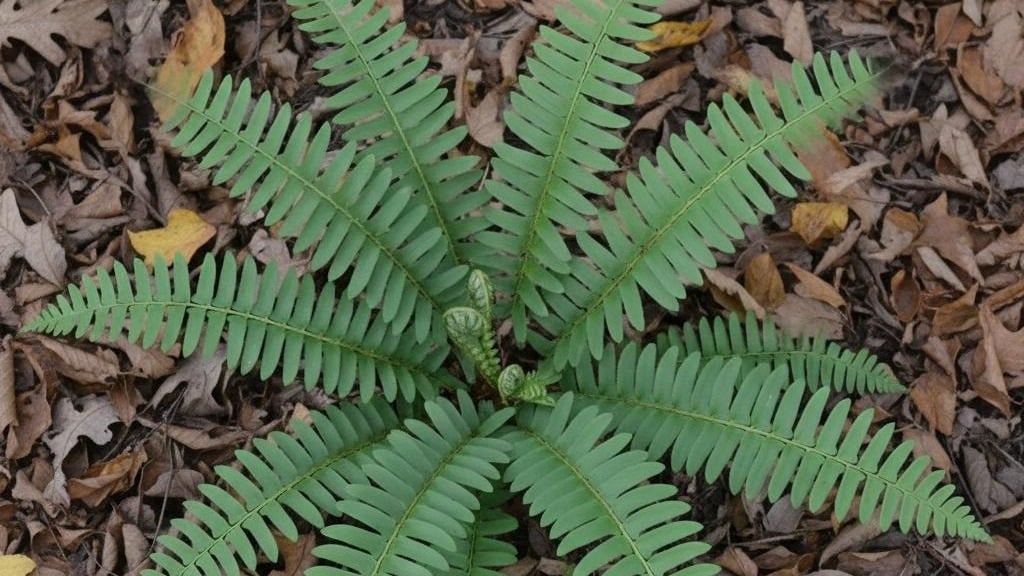
Also known as Polystichum acrostichoides, leads the list for eastern gardeners.
This native plant thrives from Canada to Georgia, showing excellent hardiness down to zone 3 (-30°F to -40°F).
Its sturdy, dark green fronds stay attractive all winter, earning its holiday name.
Grows 1-2 feet tall, plants 18-24 inches apart.
2. Sword Fern
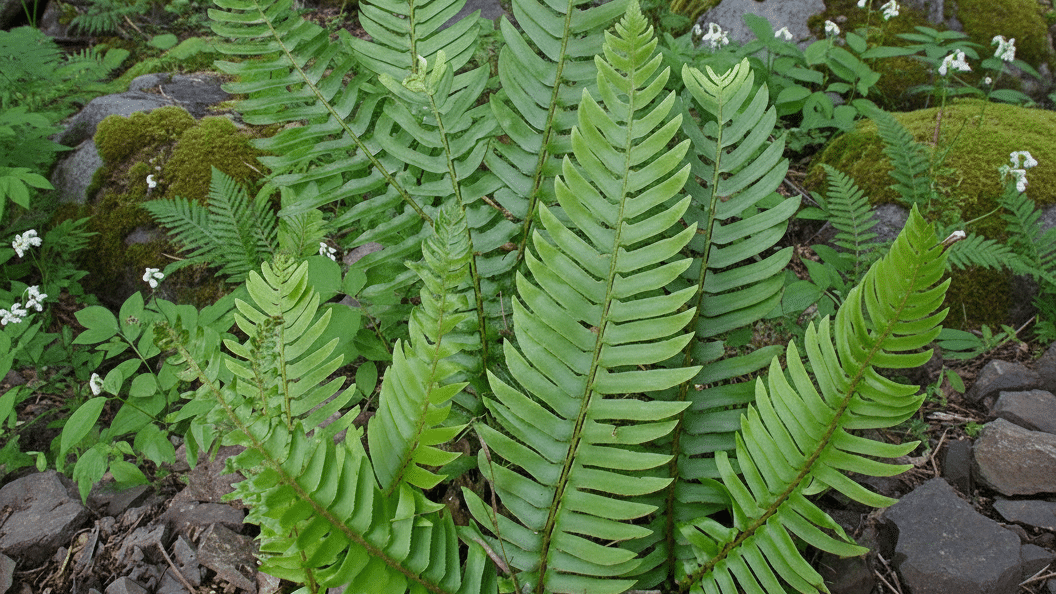
Scientifically known as Polystichum munitum, it dominates Pacific Northwest gardens for good reason.
These robust plants thrive in the region’s wet winters and dry summers, making them ideal for mass planting.
They are upright, reaching 3-4 feet tall, spaced 3-4 feet apart, creating bold vertical statements.
3. Autumn Fern
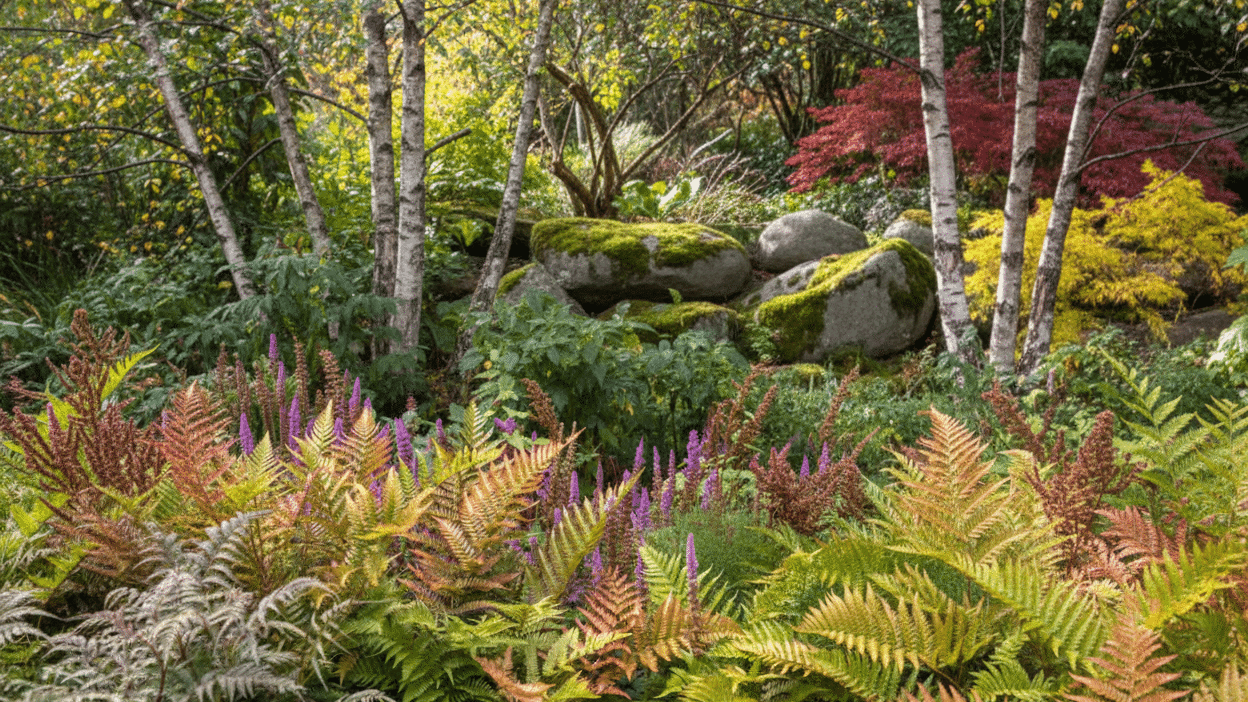
Also called Dryopteris erythrosora, brings unique seasonal color to southern and mid-Atlantic gardens.
Grows 3 feet in height and width, spaced 3 feet apart.
New fronds emerge copper-orange in spring and mature glossy green by summer.
This color change happens twice yearly, giving you spring and fall shows.
Autumn ferns prefer zones 5-8 (-15°F) and partial shade conditions.
4. Hart’s Tongue Fern
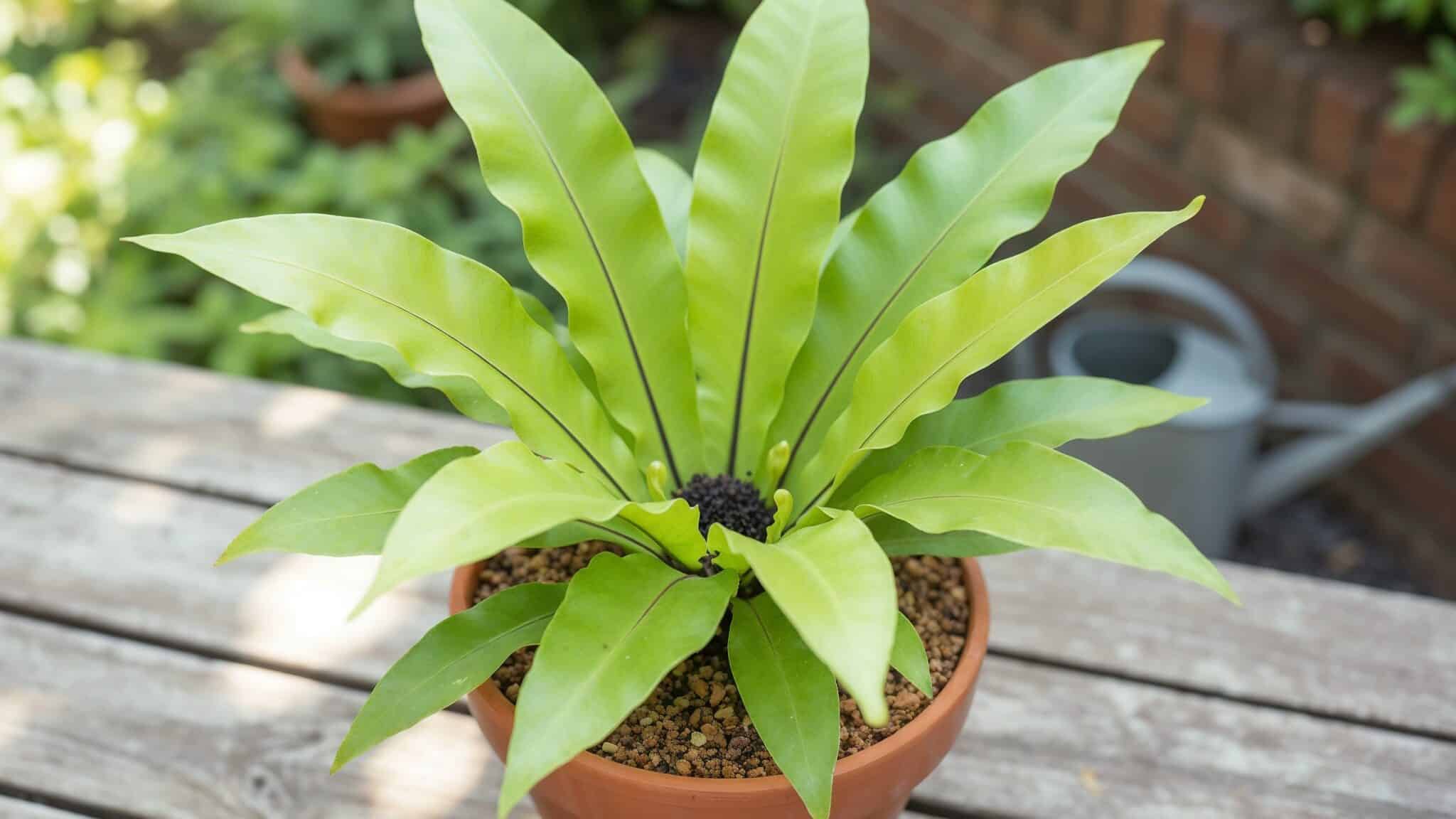
Known as Asplenium scolopendrium, offers something completely different with its bold, strap-like fronds.
Compact growth 12-18 inches, space 15-20 inches apart.
Unlike typical feathery ferns, this variety produces solid, tongue-shaped leaves.
Hart’s Tongue ferns work well in rock gardens or as accent plants, and they prefer limestone-rich soils.
5. Japanese Holly Fern
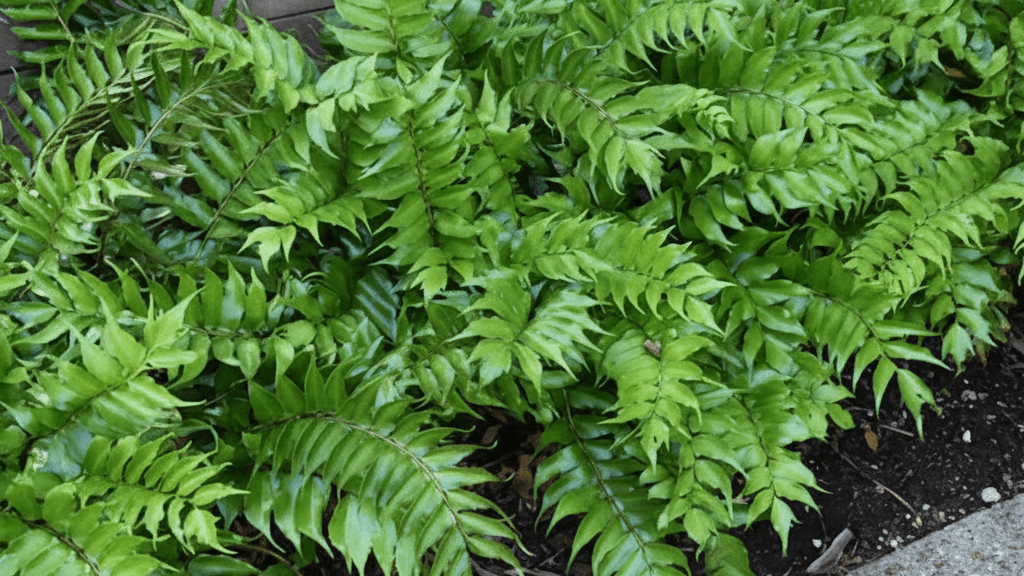
Scientifically called Cyrtomium falcatum, it excels in southern regions.
Handles heat and humidity better than most ferns, hardy to -5°F to -10°F in sheltered locations.
Its glossy, holly-like fronds resist pest damage, providing year-round structure.
Grows 2 feet-18 inches, plants in clusters 18-24 inches apart.
This variety grows well in containers, making it perfect for patios and covered outdoor spaces.
Best Planting Times
Timing plays a key role in helping evergreen ferns establish strong roots and maintain healthy growth throughout the year.
| Season | Ideal Months | Conditions and Benefits |
|---|---|---|
| Spring | March to May | Warm soil and steady moisture support quick root growth and strong early establishment. |
| Early Summer | June to early July | Balanced warmth and rainfall help foliage expand while reducing transplant shock. |
| Fall | September to October | Cool, moist soil allows firm root anchoring before winter begins. |
| Mild Winter Climates | November to February (zones 8–9) | Frost-free weather keeps the soil workable for continued root activity and growth. |
Spacing and Care
Proper spacing and thoughtful care help evergreen ferns stay healthy, prevent stress, and ensure steady growth across all seasons.
These practices maintain strong roots, lush fronds, and long-lasting color without repeating earlier planting details.
- Plant Placement: Space ferns according to their mature width to allow airflow and prevent crowding between fronds.
- Watering: Keep soil lightly moist and improve drainage if water collects near the base.
- Light Needs: Place ferns where they receive indirect sunlight or filtered shade to preserve rich foliage color.
- Soil and Nutrition: Use fertile, well-drained soil mixed with compost or organic matter for sustained growth.
- Seasonal Protection: Add a layer of mulch before winter to insulate roots and regulate temperature.
- Humidity Balance: Mist fronds or use nearby water features in dry conditions to maintain adequate humidity.
- Maintenance: Remove damaged or dry fronds regularly to promote new growth and keep plants tidy.
Benefits of Growing Evergreen Ferns
Beyond their beauty, these plants solve some common garden problems, ultimately affecting the structure, habitat, and overall health of the garden.
-
Garden Structure: It turns green when other plants cannot perform, keeping the garden full through the winter months.
-
Wildlife Habitat: Shelter for birds and beneficial insects, supporting local ecosystem health.
-
Soil Health: Root systems prevent erosion and add organic matter, helping protect slopes and improve soil.
-
Problem Solving: Ground cover for shaded spots where grass fails, making it useful in difficult garden areas.
-
Design Flexibility: Suitable for both formal and naturalized garden styles, blending well with any home design.
Garden Design Ideas with Evergreen Ferns
These plants are great as backdrops, ground cover, container specimens, or mixed with colorful companions to create stunning year-round garden displays.
1. Backdrop Applications
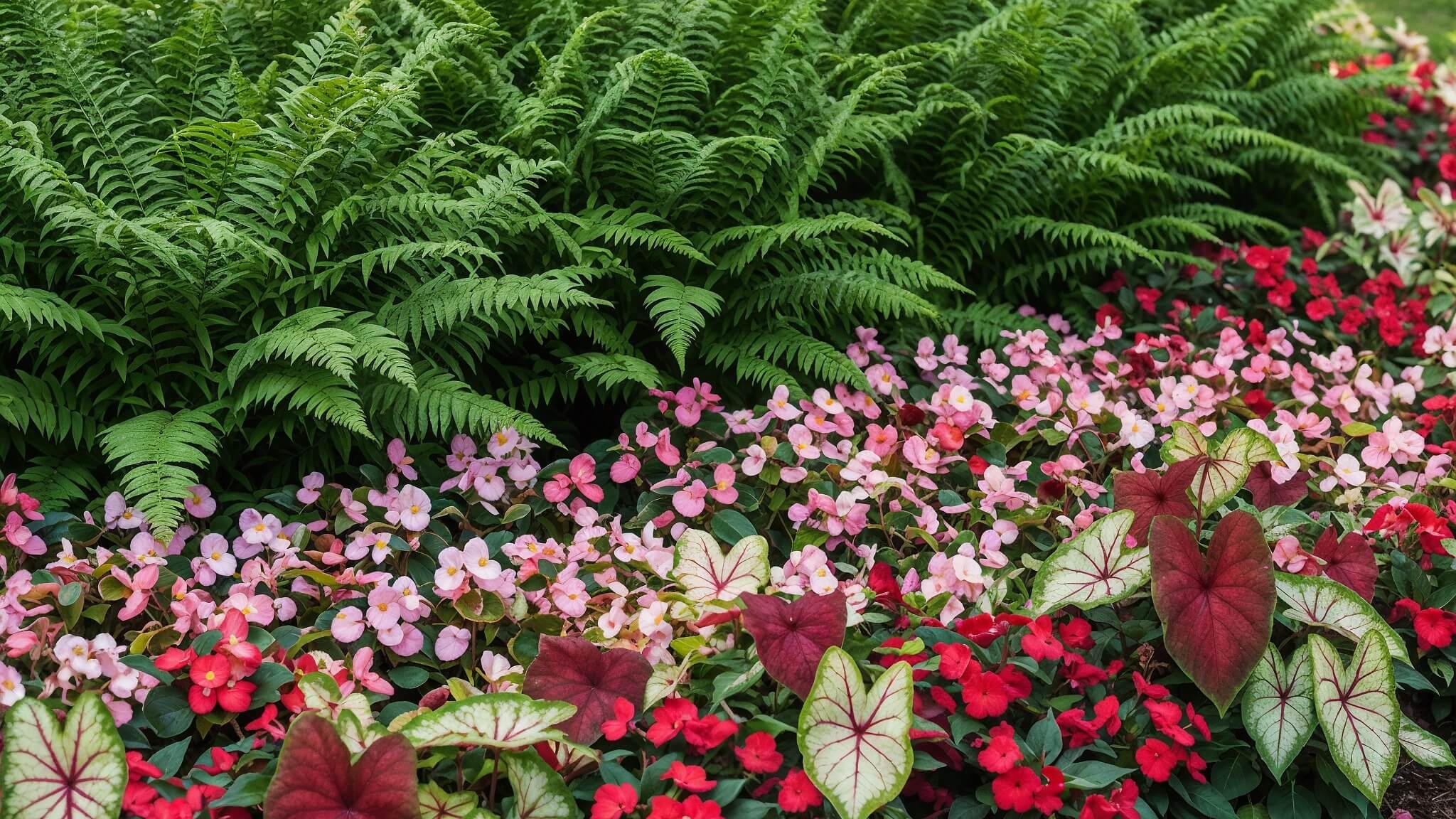
Evergreen ferns work beautifully as background plants, offering a lush green contrast to colorful blooms like begonias and impatiens.
Their steady foliage keeps garden beds visually complete after flowers fade.
These plants also soften hard lines along fences or walls, giving structure without stealing attention.
A backdrop of evergreen ferns ensures year-round depth and balance across garden borders.
2. Underplanting Solutions
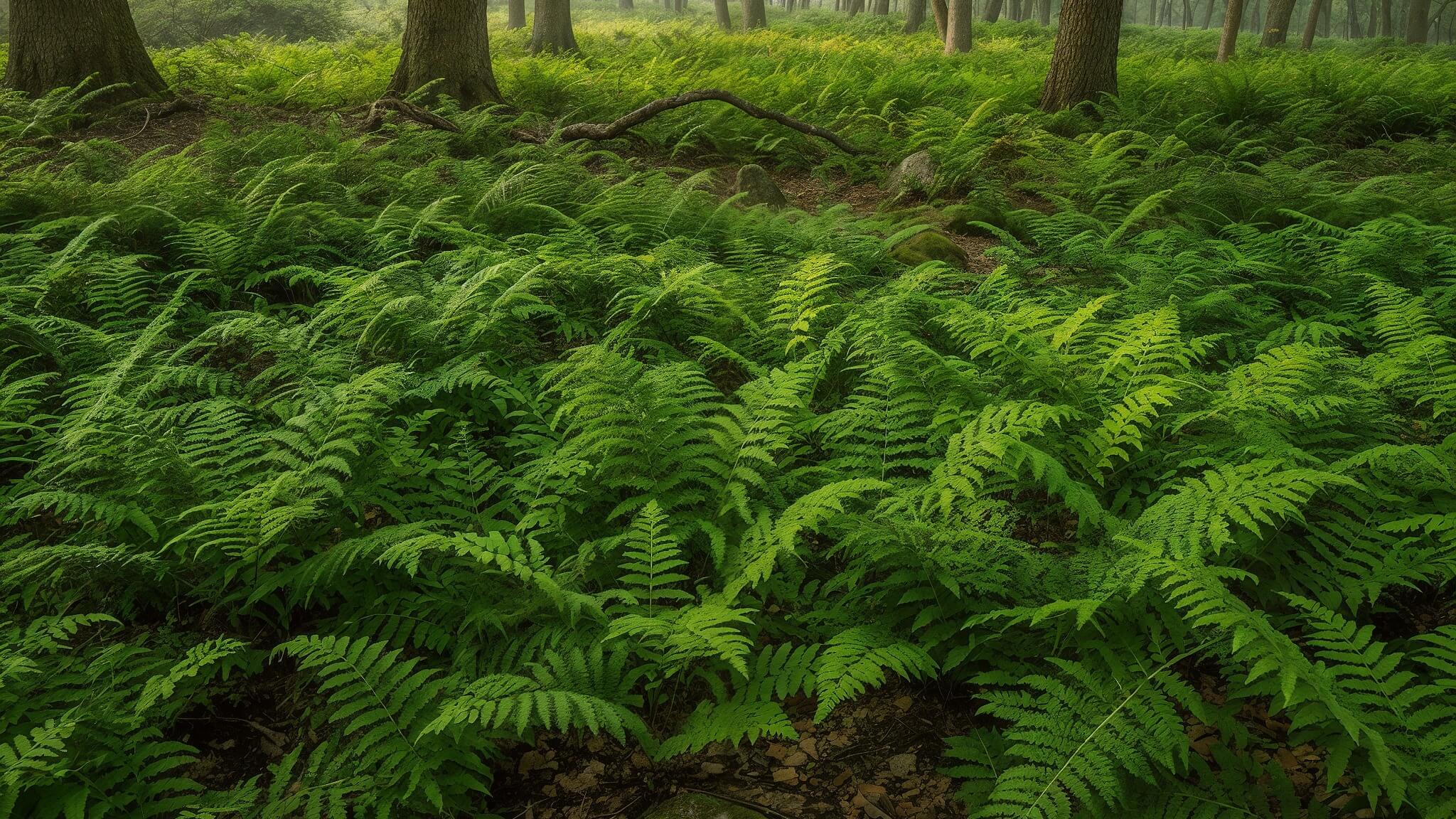
When planted beneath mature trees, evergreen ferns thrive in filtered light where grass often struggles.
Their root systems adapt easily to competition from larger plants, making them ideal ground cover for shaded spots.
These ferns help maintain soil moisture, control erosion, and add texture under canopies.
They transform bare spaces into layered, low-maintenance areas rich with natural greenery.
3. Container Gardening
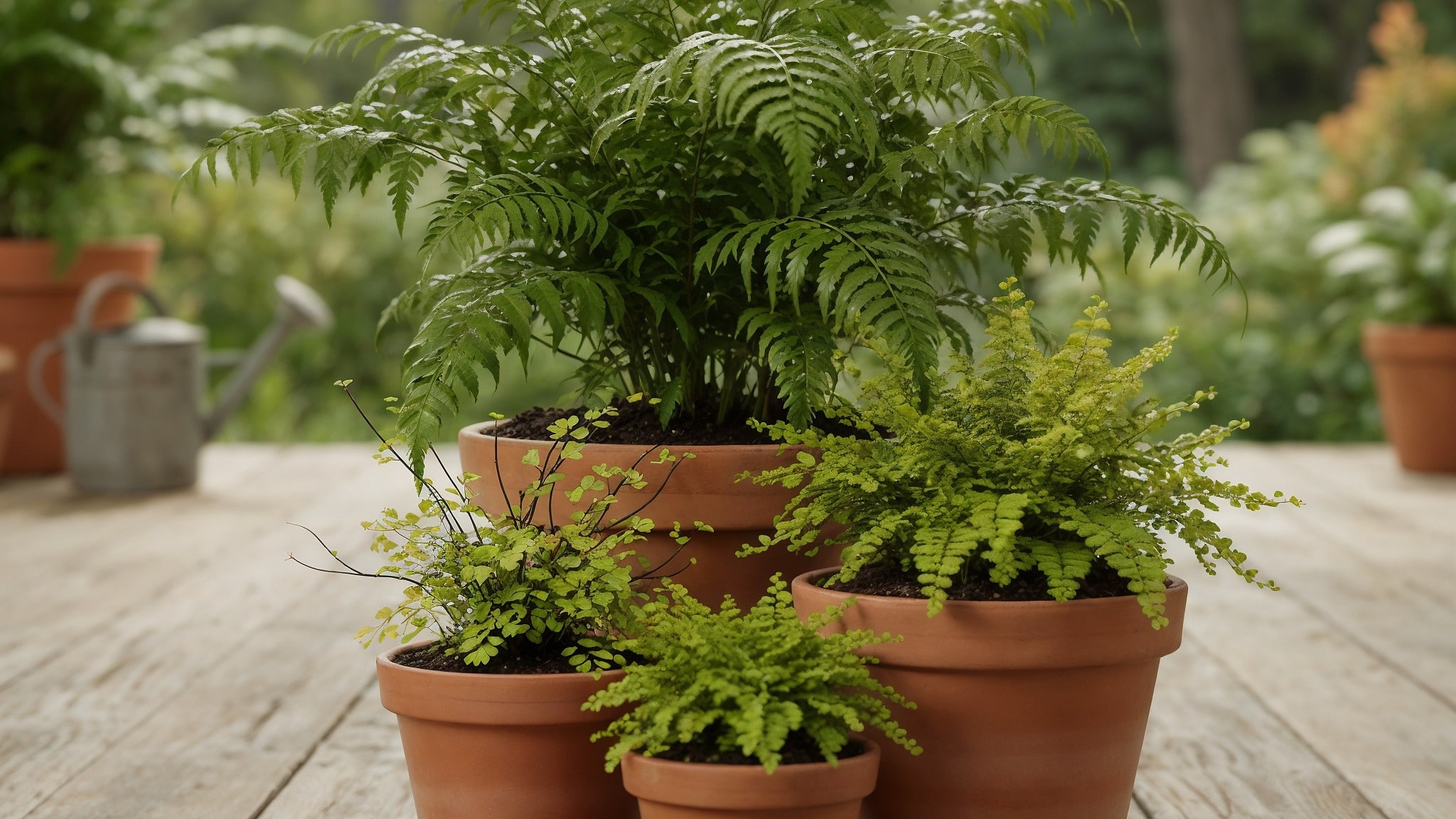
Compact varieties of evergreen ferns grow well in containers, making them perfect for patios, porches, or shaded balconies.
Container planting allows easy movement through the seasons while keeping soil conditions controlled.
Their tidy growth habit complements other shade-loving plants, creating attractive displays in limited spaces.
Regular watering and an organic soil mix keep these container ferns lush and long-lived.
Wrapping It Up
Evergreen ferns offer year-round beauty and reliability, adding form and depth even when other plants rest.
Their lasting foliage makes them essential for creating balance in shaded gardens.
Beyond structure, they improve soil quality, prevent erosion, and provide shelter for small wildlife.
With proper moisture and spacing, these plants stay vibrant in both containers and ground beds.
They also adapt easily to various zones, rewarding consistent care with dense, healthy fronds.
From simple corners to layered landscapes, evergreen ferns fit seamlessly into nearly any design style.
Share your planting experiences or favorite varieties in the comments below.
Frequently Asked Questions
Why Is It Illegal to Transplant Ferns?
Transplanting wild ferns is illegal because they’re protected species in many areas, and removing them from natural habitats damages fragile ecosystems.
What Does Epsom Salt Do for Ferns?
Epsom salt provides magnesium sulfate that helps ferns develop greener fronds, improves nutrient absorption, and strengthens overall plant health naturally.
Do Ferns Like Sun or Shade?
Ferns prefer shade to partial shade conditions, as direct sunlight can scorch their delicate fronds and cause yellowing or browning.

